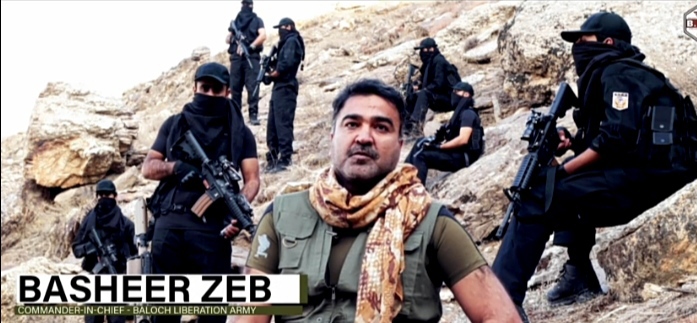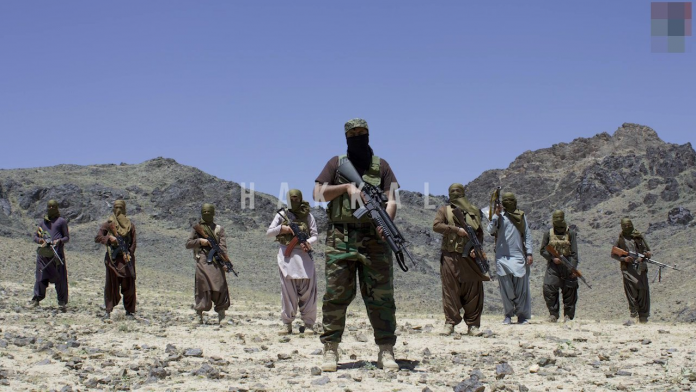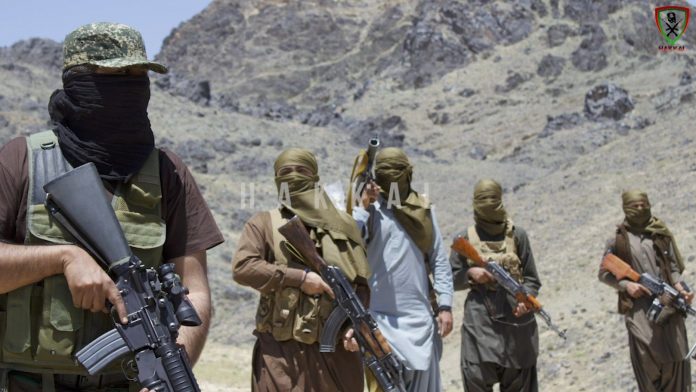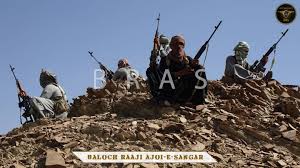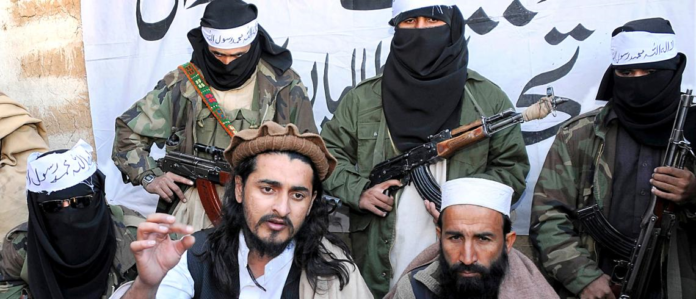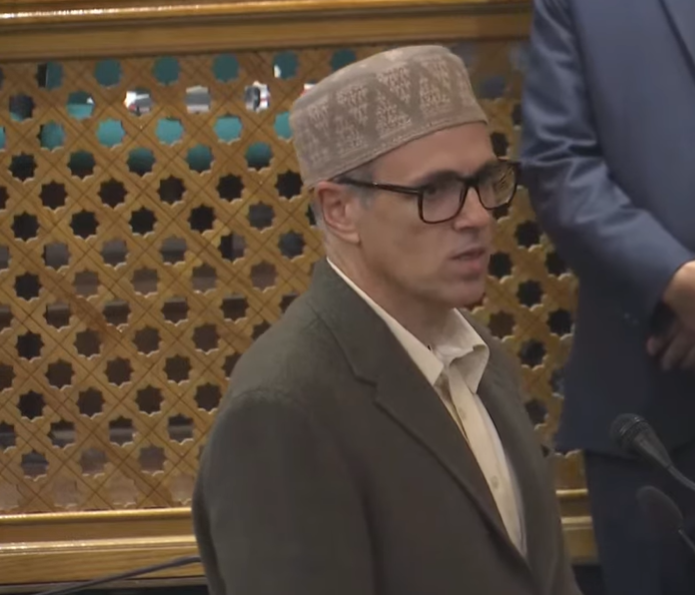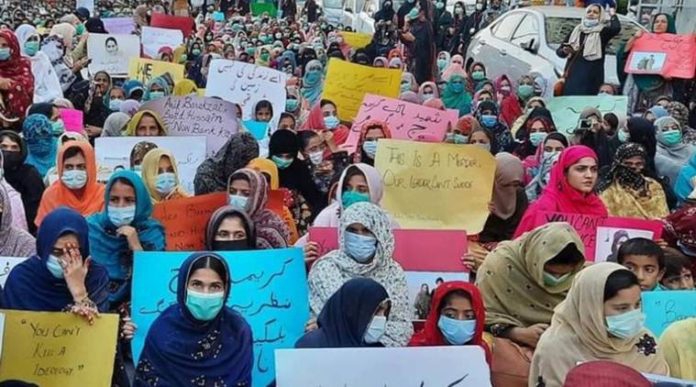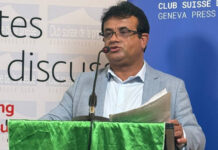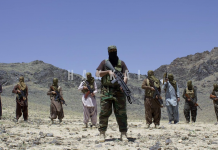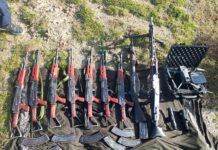Quetta, Mar 12 (NVI) ) Holding 214 Pakistani soldiers in custody after seizing Jaffer Express train, Baloch Liberation Army (BLA) has threatened to kill 5 captives every hour if its demand for hostage-exchange is not accepted by the time the 48-hour deadline ends.
“The BLA’s control continues to be strong and more than 12 hours have passed, but instead of acknowledging this fact, the Pakistani state and its military institutions are trying to hide their helplessness and failure through false propaganda,” its spokesman Jeeyand Baloch said in a statement to NVI.
“BLA reiterates that our enemy is not the unarmed civilians, but the occupying and oppressive state forces, who are committing every atrocity to maintain military and colonial domination over Baloch land,” he said.
“The propaganda machinery of the enemy state is busy fabricating the lie that the Pakistani army rescued the hostages, while the fact is that the BLA itself, under the principles of war, morality and revolution, released all the women, children, sick and Baloch civilians,” he said.
“This move was not the result of any external pressure or the action of the occupying army, but rather it is a manifestation of the high moral traditions and adherence to the principles of war of the Baloch resistance,” the spokesman said.
“It is clarified that not a single BLA commander has been martyred or injured so far,” he said.
He said the Pakistan government is constantly trying to give the impression that its grip is intact, while the reality on the battlefield is quite the opposite.
“The lies and misleading claims spread by the enemy are a complete deviation from the facts and a failed attempt to hide their defeat,” the spokesman said.
“The Pakistani authorities have adopted a frivolous attitude towards the exchange of prisoners, while the BLA has always adhered to the international laws of war and moral principles,” he said.
“If our demands are not accepted during this time and the state’s stubbornness continues, then after the end of time, 5 hostages will be killed for every passing hour,” he said.
He said the occupying Pakistani army once again demonstrated irresponsible and foolish military aggression against the commanders of the Baloch Liberation Army by launching drone strikes and firing two shells last night.
However, due to the agility of the Baloch commanders, excellent defensive tactics and complete control over the battlefield, all the commanders were safe, the spokesman said.
“This attack is undeniable proof that Pakistan is incapable of taking any serious decision regarding the exchange of prisoners and is only based on war madness and stubbornness,” Jeeyand Baloch said.
“The BLA has made it clear that if the occupying forces ignore our ultimatum, the responsibility for the consequences will lie solely with Pakistan,” he said.
“In response to today’s (tonight’s) cowardly and senseless bombing, 10 more hostage personnel will be killed,” he declared.
“The BLA warns the enemy that if the Pakistani army commits any further aggression, even if a single bullet is fired, 10 more personnel will be killed,” he said.
“The BLA reminds the enemy that this war was started by the occupying state, but we will end it on our own terms.
“The decision is still in the hands of the enemy, either they show seriousness, or they are ready to pick up the bodies of more of their personnel,” he said. (NVI)

